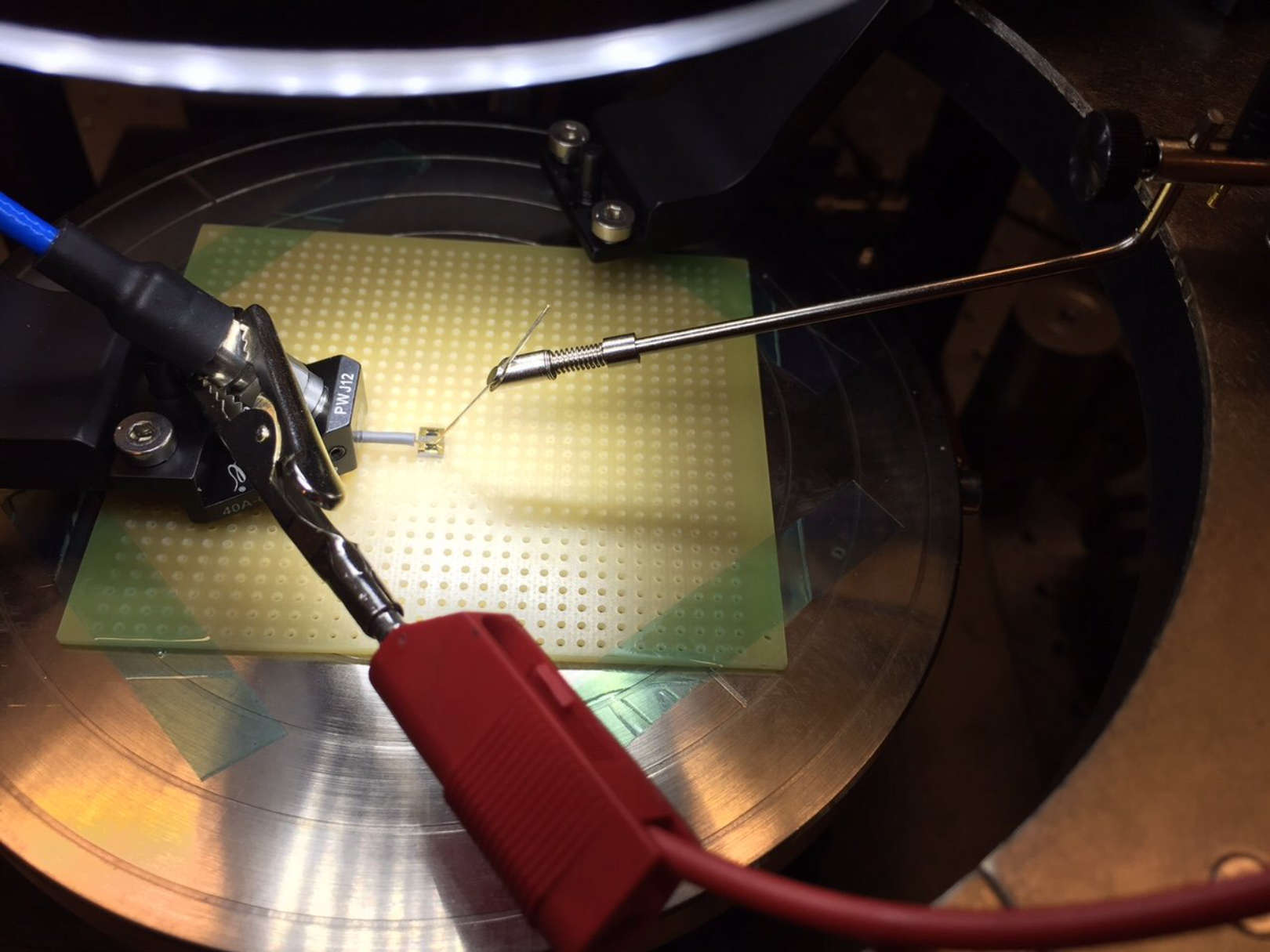About
Vítor Grade Tavares earned his undergraduate and MSc degrees from the University of Aveiro, Portugal, and the Ph.D. degree from the Computational NeuroEngineering Laboratory, University of Florida, Gainesville, USA, in 2001, all in electrical engineering. He is currently an Assistant Professor at University of Porto and Senior Researcher at INESC-TEC, Porto. In 2010 he was a Visiting Professor at Carnegie Mellon University, USA. His research interests include low-power, mixed-signal and neuromorphic integrated-chip design and biomimetic computing, CMOS RF integrated circuit design for wireless sensor networks, and transparent electronics. He has coordinated several national projects, and also locally coordinated European projects. Most recent awards include co-recipient for the student best-paper award of the IEEE ICUWB 2014 and first place on TSMC design context in 90nm LP MS/RF in 2009. He was also awarded with a certificate of appreciation for contributions towards the advancement of IEEE and the Engineering Professions as Chair of the Education Society Chapter - Portugal section, which he co-founded.




